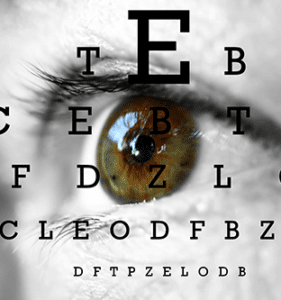Quick Facts About Amblyopia
Ever wonder about amblyopia, or lazy eye? Here are a few quick bits about the not uncommon condition.
>Amblyopia, or lazy eye, is a condition that affects about 1-5% of the adult population. Patient-by-patient, it has one of three main causes and is classified as either strabismic, in the case of misaligned eyes; refractive, often due to a difference in nearsightedness, farsightedness, or astigmatism between the two eyes; or deprivational, when vision is deprived early in life due to a vision-obstructing disorder like a congenital cataract.
To break that down further, amblyopia is an issue of infant visual development, and not caused by a problem with the eyeball itself. Doctors believe
Treatment for can be noninvasive, and include patching the patient’s good eye, and allowing the affected eye to “catch up” to the good eye. This treatment tends to be more effective and less psychologically damaging for the patient the earlier it is initiated. For strabismic amblyopia, strabismus surgery strengthens the muscles that cause amblyopia.
While treatment for amblyopia usually begins in childhood, with the patient visiting a pediatric ophthalmologist, feel free to ask us more about the condition at your recommended yearly eye exam!
Share This Article
Posted by Amanda Zellar
Amanda helps patients improve their lives through the power of LASIK. A patient coordinator at Laser Eye Institute, Amanda assists patients through every step in their start-to-vision journey.

